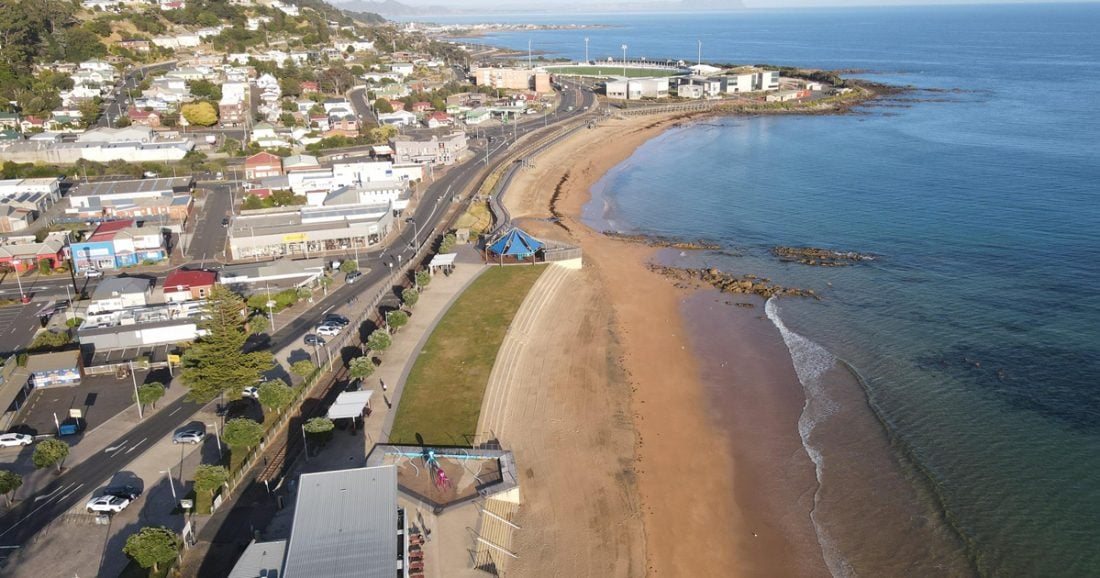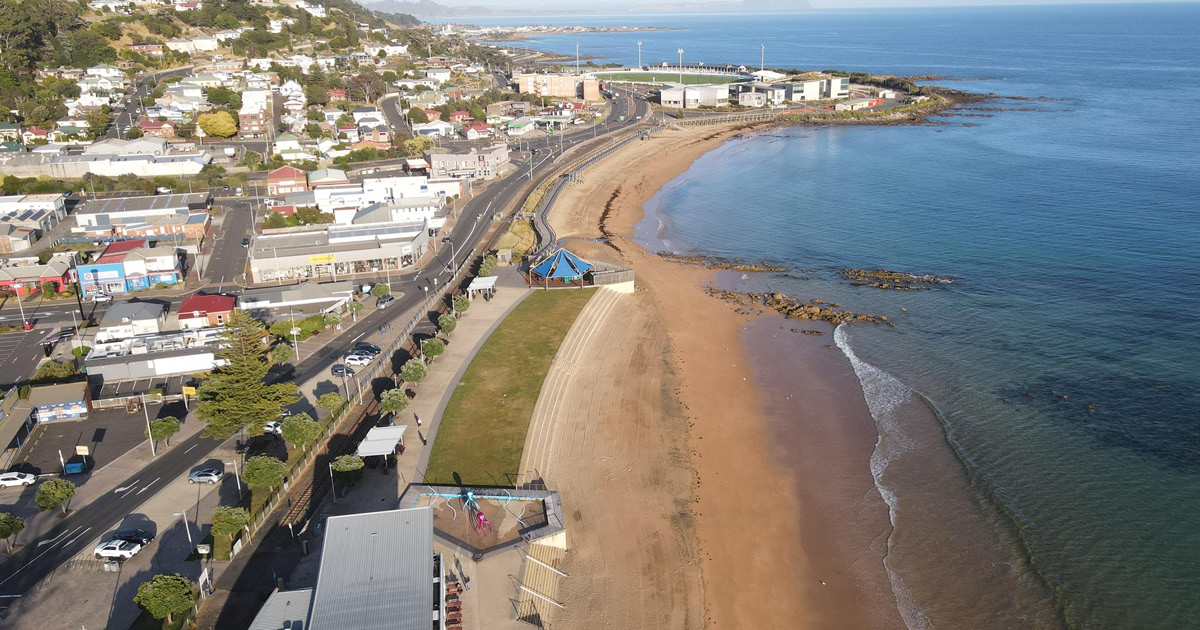For some, the picturesque seaside city of Burnie on Tasmania’s north-west coast is paradise. Long known for its deepwater port and paper mills, Burnie has in recent years gained some distance from its industrial past and worked to reinvent itself as a sea change destination and an emerging renewables hub.
Small Australian towns, particularly those on the coast, are playing a particularly important role as a greener future rolls on. Less developed than the big cities, such places are ideal locations for renewable action points. The increased prominence of remote work in recent years has only helped revitalize these communities.
In collaboration with
Strait Link
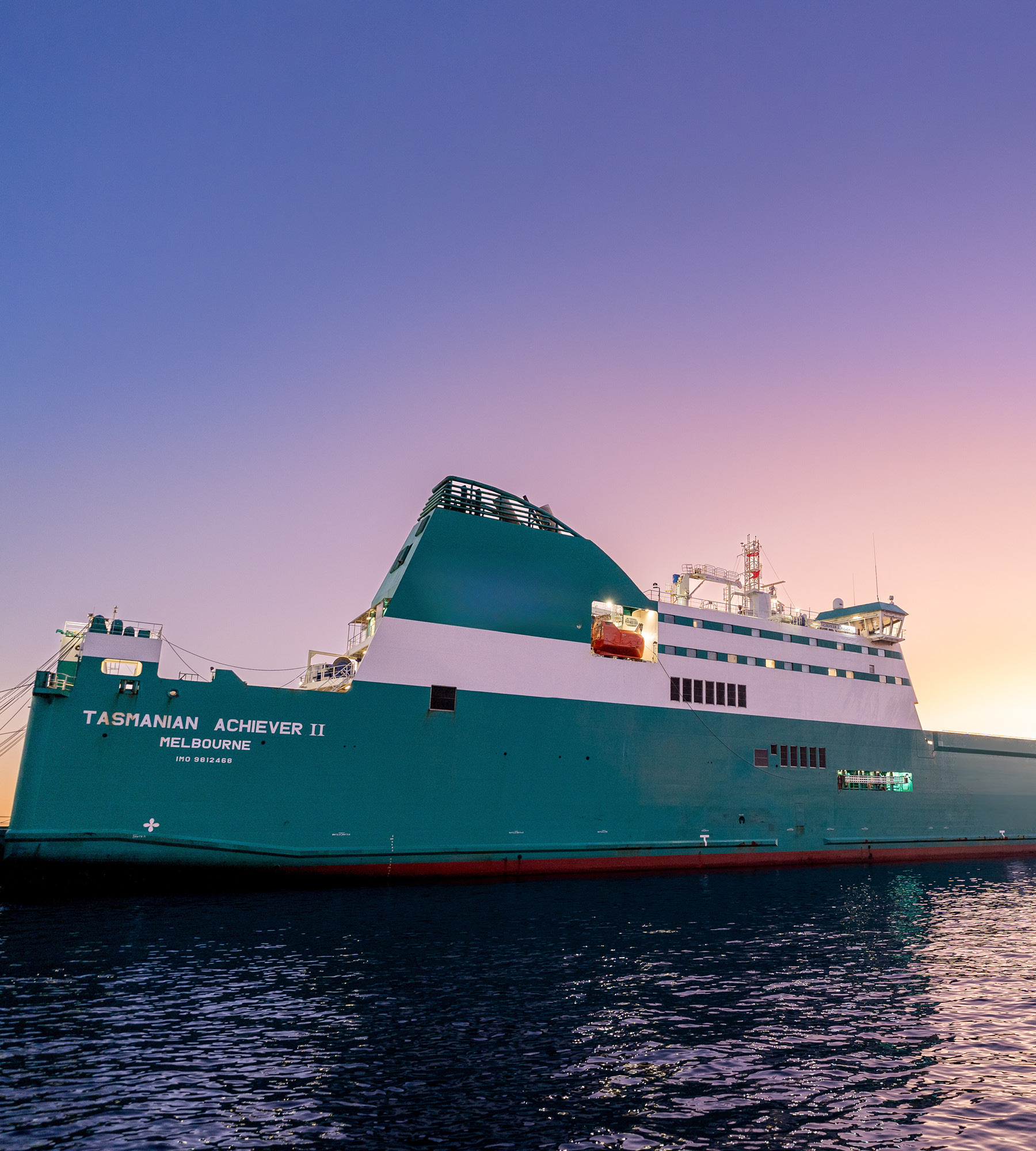
Both aspects certainly helped seal the deal when Simon Overland was approached by Burnie City Council for the role of General Manager in 2020.
“What made me choose Burnie was that I could see a really exciting future for the city, given the moves to decarbonize the economy,” he tells The CEO Magazine.
“We have Tasmania’s major deepwater port, which is a key economic asset, and when I arrived it was announced that the Marinus Link, the second-best straight interconnector cable for electricity, would come ashore here at Burnie.”
The town’s natural assets, a rich agricultural landscape and the ocean itself also played into his decision.
“The land here is only going to become more valuable because I believe we’ll be less impacted by climate change than many other areas of Australia,” Overland says.
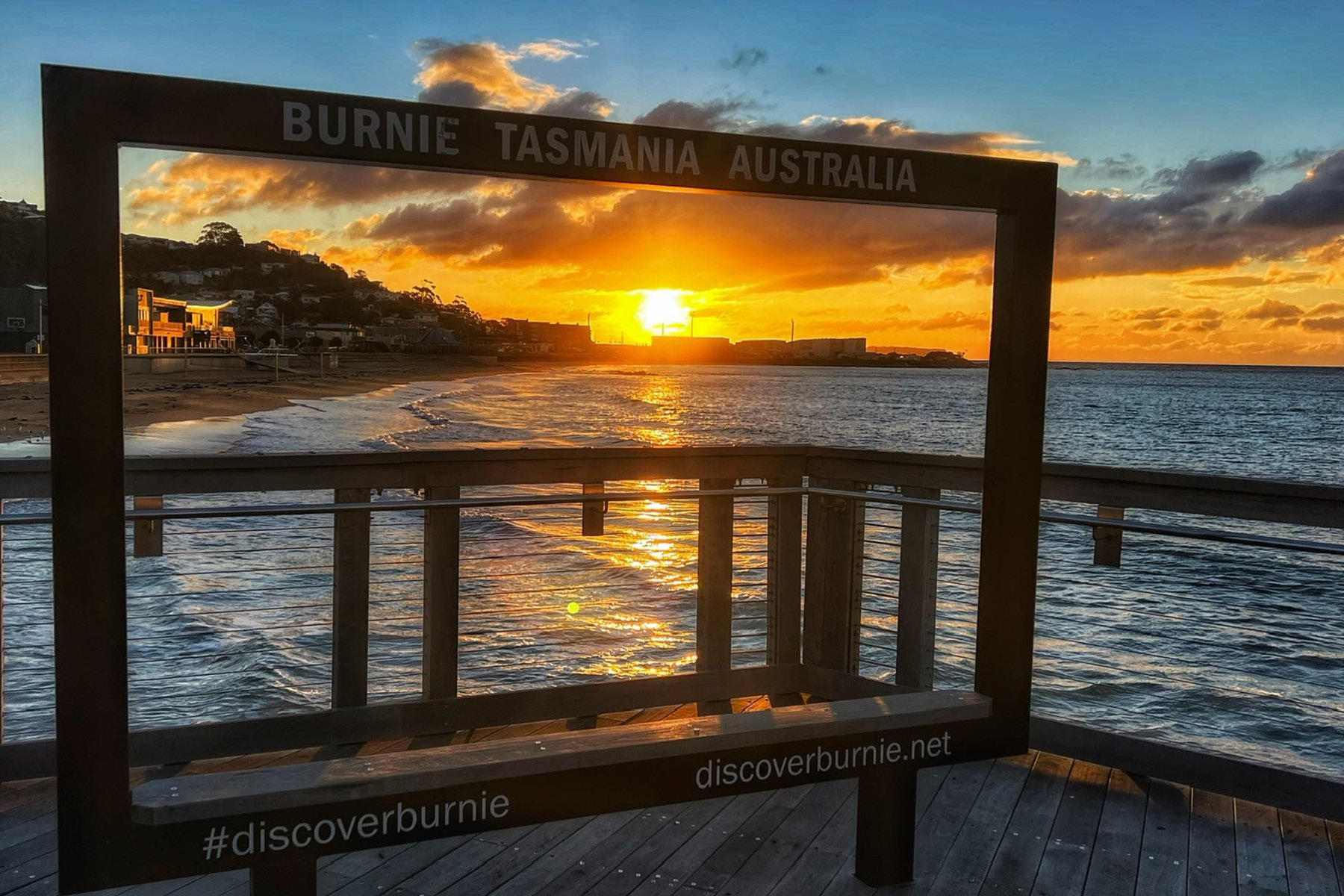
“I could see a really exciting future for the city.”
“It’s good news for the wine industry, because anyone wanting to get into cool climate wine will have to come here within the next decade, and that also brings all sorts of exciting opportunities.”
There’s also an increasing possibility of offshore wind farming coming to Burnie, making the town a place to watch after years of socioeconomic disadvantage.
“It’s been that way for quite a while in many areas, but there are people who do incredibly well here,” he says.
“We have advanced manufacturing, and I think with all the potential economic activity, there’s a unique opportunity to help shift the region out of that entrenched disadvantage and work toward a really bright future. I wanted to be a part of that.”
Community Engagement
Since his appointment three years ago, Overland hasn’t wasted a moment. Burnie City Council has developed its Making a Better Burnie 2044 overarching plan to help the city put its virtues to use and prepare for a bountiful future.
“I’m a great believer in strategy,” Overland says.
“I think organizations need to be very clear about what difference it is they’re trying to make. There’s a lot of business-as-usual activity we conduct and a whole range of services we provide to our community that are important and we need to do well, but ultimately, we as an organization need to make clear what we hope to achieve over the next two decades, and that’s what Burnie 2044 is doing.”
To prepare, Council engaged the community in a deep and protracted conversation about its expectations as the years roll on.
“We ended up with five very clear goals the community has asked us to achieve,” Overland says.
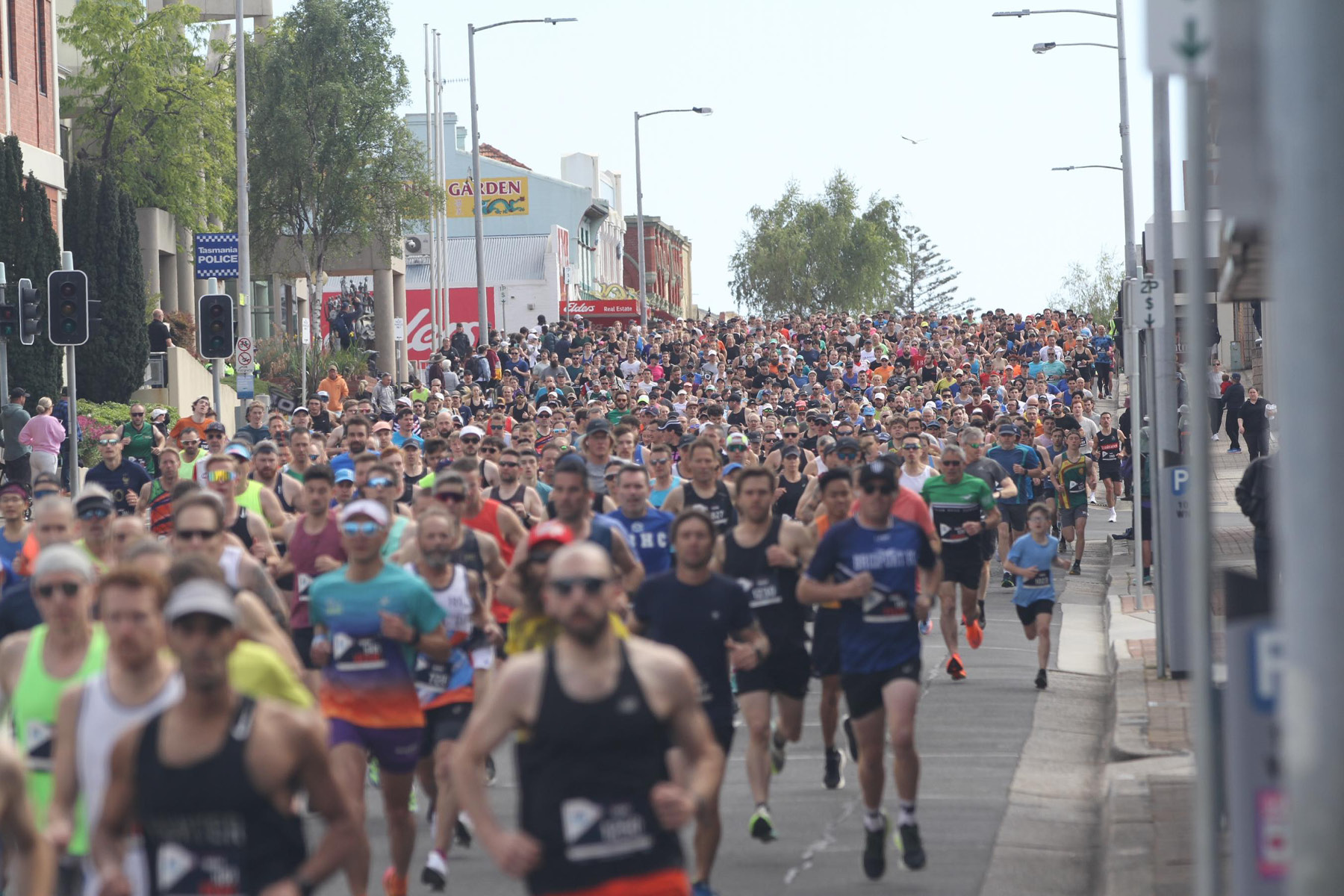
“I have great faith in the community.”
“They want an active town center, they want sustainable built and natural environments. They want the community to be democratic, engaged, culturally rich and vibrant and, above all, livable.”
None of the requests came as a surprise to Overland. “I have great faith in the community, if they’re properly engaged and suitably informed, to come to very sensible conclusions around what they want public sector organizations to do for them,” he says.
“We got fantastic feedback from our community every step of the way, including some very strong engagement with young people across the coast. They were very excited about it.”
One member of the youth council made a particularly resonant point to Overland. “They said, ‘In 20 years’ time I’m going to be an adult, I’m going to have children. This is the sort of place I want them to grow up in’,” he recalls.
“We took that back to Council and developed a draft strategy. That was authorized earlier in 2023, and now it’s in place.”
A Tangible Difference
While Making a Better Burnie spans 20 years, a shorter four-year plan also exists to help operationalize the grander scheme. “The council term here is for four years, so each term we plan out what we’ll do to work toward the goals in Burnie 2044,” Overland says.
“We want to work with the local community in all sorts of ways because this is very much a community owned and driven strategy. We’re accountable to the community, and that means working with local businesses, services and community groups.”
Burnie City Council’s role, he says, is akin to a funder and enabler. “We will do some things ourselves, but we recognize that we want to build capacity in our community over the long-term so that they’re not dependent on us. If we do that, everyone prospers.”
To begin with, the four-year plan is firmly focused on upgrading Burnie’s town center.
“The community has made clear it wants more greenery in the city, more art and more lighting. They want to feel safe and secure, so we’re thinking about CCTV coverage and environmental design that can lead to better perceptions of public safety, so you’ll be seeing more of that.”

Advertisement
Another consideration is the way Burnie’s neighborhoods are set up. “There’s a call for more canopy cover, more community connection, and a way to do that is through shared pathways,” he says.
“We’re very dependent on private vehicles in Burnie, but more shared pathways mean more e-scooters that can move between communities and into the CBD in a green way. Over time, that can make a significant difference to the way this city looks and feels: greener, better connected and with an active town center.”
The obvious knock-on effect is one Overland and the Council are bullish about – a tourism boom. “In Tasmania, we compete with a lot of other places, but we have many strengths,” he says.
“We support manufacturing here in Burnie. That’s our strength. On top of that we’ve got the natural beauty, north-facing beaches that are unique in Australia. We’re right on Bass Strait, we have access to the sea, we’ve got great rivers and we’re 10 minutes away from some of the best mountain country in the state.
“Add to that the growth in the wine region here and the fine food associated with that, and it’s an easy win for tourists.”
Prized Partnerships
At the heart of Council’s enhancement of their home is a culture that engages its staff and empowers them to make a difference.
“They think it’s great that we’ve got this plan, and they’re pleased they’ve been asked to contribute to its development,” Overland says. “We’re empowering staff to do their best for the community, and that goes a long way. What we’re seeing now when we advertise for roles is strong interest from great applicants who really want to help us achieve what we’re trying to do at Burnie City Council.”
The transformation is already underway. Burnie’s CBD is abuzz with local builders refurbishing Burnie Arts Centre, a US$10.8 million undertaking.
“We’re totally updating and reconfiguring it into a very vibrant community hub,” Overland says. “We’ve used Tasmanian architects and contractors for the job, and we’ve engaged with First Nations people to make sure their stories are represented in the finished product.”
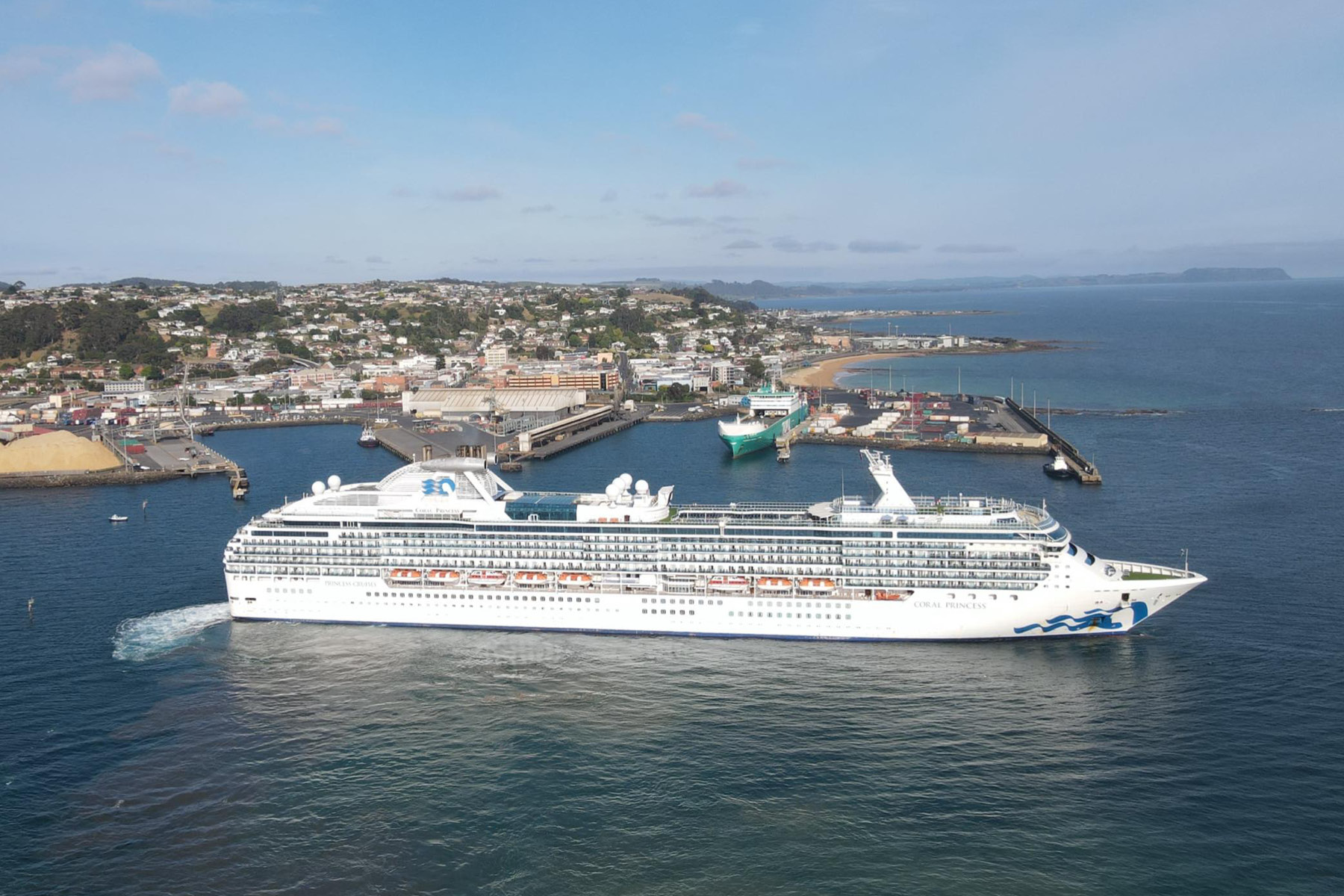
“Our population has increased and it’s gotten younger.”
Aside from partnerships with TasTAFE and sea freight carrier Strait Link, Burnie City Council has also partnered with HIF Global to establish a biofuel factory at Hampshire, in the Burnie municipality.
“They’re a global firm with some very significant backers,” Overland says. “The Hampshire site is a billion-dollar investment. It’s dependent on the wind farms and the transmission lines, but if it gets up and running, that’s 200 permanent jobs for the region making biofuel that would be shipped from the port of Burnie to Japan.”
The Burnie of the future is on its way. No longer just a vision, the vibrant place where people can live, work, play and feel safe is an active plan with a due date.
“What’s really pleasing is that in the last five years, we’ve grown. Our population has increased and it’s gotten younger. We think that’s a really great sign for our community.”

